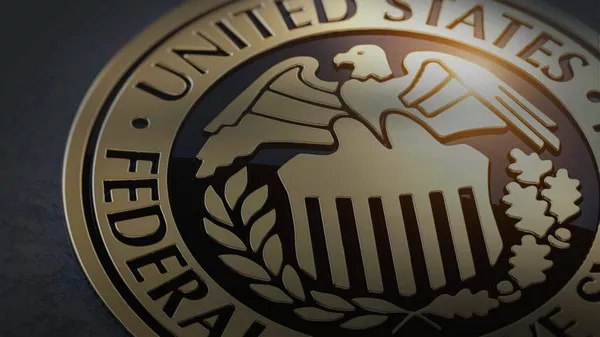One of the troubling features of economics as a field of study is that economic strategies really don’t handle inflation and deal with it particularly well. Our best remedy is to directly try to slow economic growth to broadly limit inflationary pressures, potentially taking advantage of higher unemployment and slower job growth to achieve a fall in inflation.
Many economists believe that inflation is a monetary phenomenon caused by too much money chasing too few goods. Those who hold this view believe that monetary tightening is a panacea that slows the growth of the money supply and forces interest rates to rise. Paul Volcker used this policy in the early 1980s. He is credited with cutting inflation from less than 15% to below 3% in three years. In doing so, Volcker raised the federal funds rate (the main bank borrowing rate) to 20% and caused the unemployment rate to exceed 10%. Volcker said that this policy is effective, but the cost is borne by the unemployed, which is wrong.
The more Keynesian view is that inflation results from excess aggregate demand when aggregate supply is constrained to the full employment level of output. This view allows fiscal policy, that is, policies involving government spending and taxation, to play a role in controlling inflation. However, in terms of fiscal policy, it is difficult to improve one side of the supply-demand balance without exacerbating the other. That is, fiscal policies designed to control aggregate demand can also have deleterious effects on aggregate supply; similarly, policies that stimulate aggregate supply can stimulate aggregate demand.
The impact of taking measures in advance and taking measures later are also relative. For example, one might expect that the initial effect of any large-scale government spending program (such as improving infrastructure) will initially stimulate aggregate demand and thereby trigger inflation; but in the longer term, the efficiency gains from infrastructure updates can reasonably It is expected to increase aggregate supply and thus curb inflation. The same goes for almost any social or educational program that will improve the human capital of the U.S. workforce over time, obviously not immediately but over time.
Lowering inflation is further complicated by the role of inflation expectations. The market has always assumed that inflation is baked into the economic system, so economic agents turn these expectations into a self-fulfilling prophecy as each agent tries to stay ahead of the problem. It may be a bit of a confidence game, but policymakers who want to control inflation need to convince the American public of their ability to ensure that inflation doesn’t get out of control.
I give Chairman Powell and the Federal Reserve high marks on this front. Some have criticized the Fed for not acting quickly enough at the first signs of the latest bout of inflation. Given the Fed’s dual mandate of pursuing full employment while controlling inflation, that’s not how I see it. In my view, the Fed’s reluctance to tighten policy prematurely is understandable, given the fragile nature of the economy and disruptions in key supply chains that emerged early in the pandemic and led to higher inflation.
However, it didn’t take long for the Fed to change course, recognizing that inflation was a greater threat, when it began raising interest rates with the goal of lowering inflation to its 2% target. The Fed’s words and actions have effectively suppressed inflation expectations, which in turn has played a key role in suppressing inflation so far, in large part, in my view, by suppressing inflation expectations.
The Atlanta Fed releases a series of forecasts measuring inflation expectations for the year ahead. The peak of this indicator was below 4% in March 2022, but the actual annual inflation rate reached 8.6%. Atlanta’s inflation expectations indicator was only 2.3% in April this year.
Although the Fed fell short of its 2% inflation target, its latest statement showed its determination to patiently achieve that goal. They have pledged a heuristic approach in which they will raise interest rates further if inflation rises again. However, this threat of future tightening played an important role in helping to keep inflation expectations in check. On the other hand, with a strong economy and low unemployment, if inflation does not pick up again, I agree with the Fed that it would be premature to lower interest rates at this time.
So far, the Fed appears to be operating on the edge of the knife with ease, with inflation rising from a high of 9.1% nearly two years ago, while the unemployment rate has remained below 4%. I would venture to say that two years ago, no one, not even the members of the Federal Reserve Board of Directors, expected this to happen. While it will be some time before we can declare victory in the effort to curb inflation, the light at the end of the tunnel appears to be growing stronger under the Fed’s current leadership, thanks in large part to the Fed’s work in managing inflation expectations. aspect role.
It’s worth noting that the Fed’s success in containing inflation expectations has not been made easier by government critics harping on how bad it is, even when there are signs that inflation is clearly improving. That kind of political posturing doesn’t do us any good.


